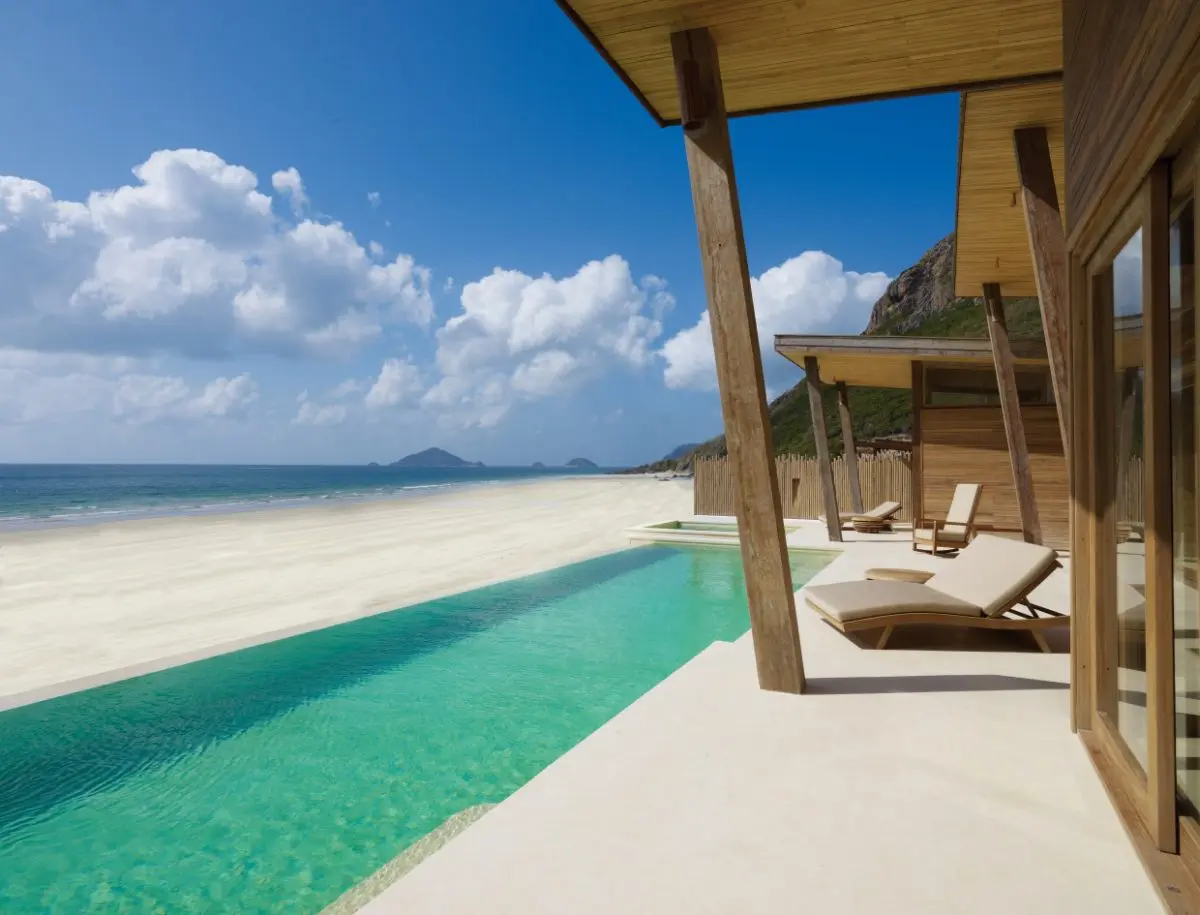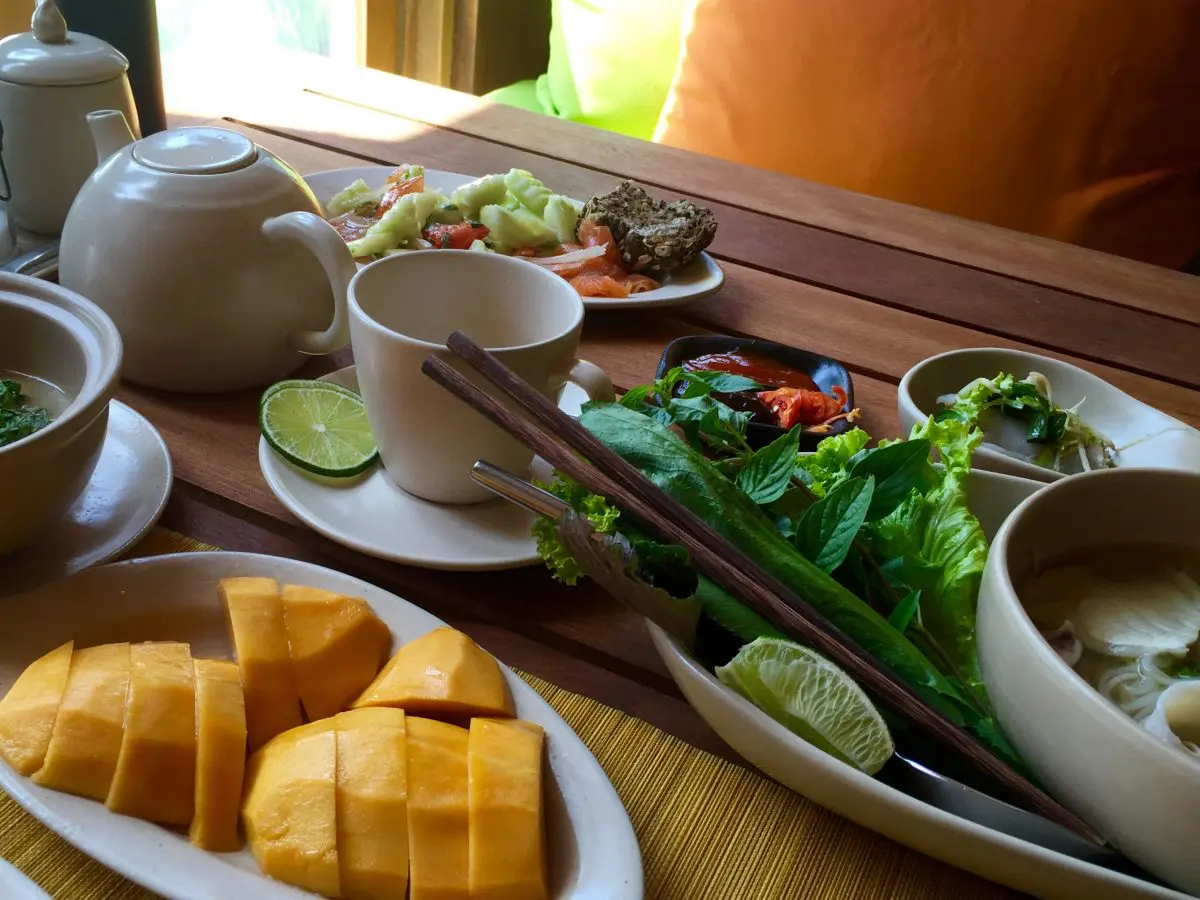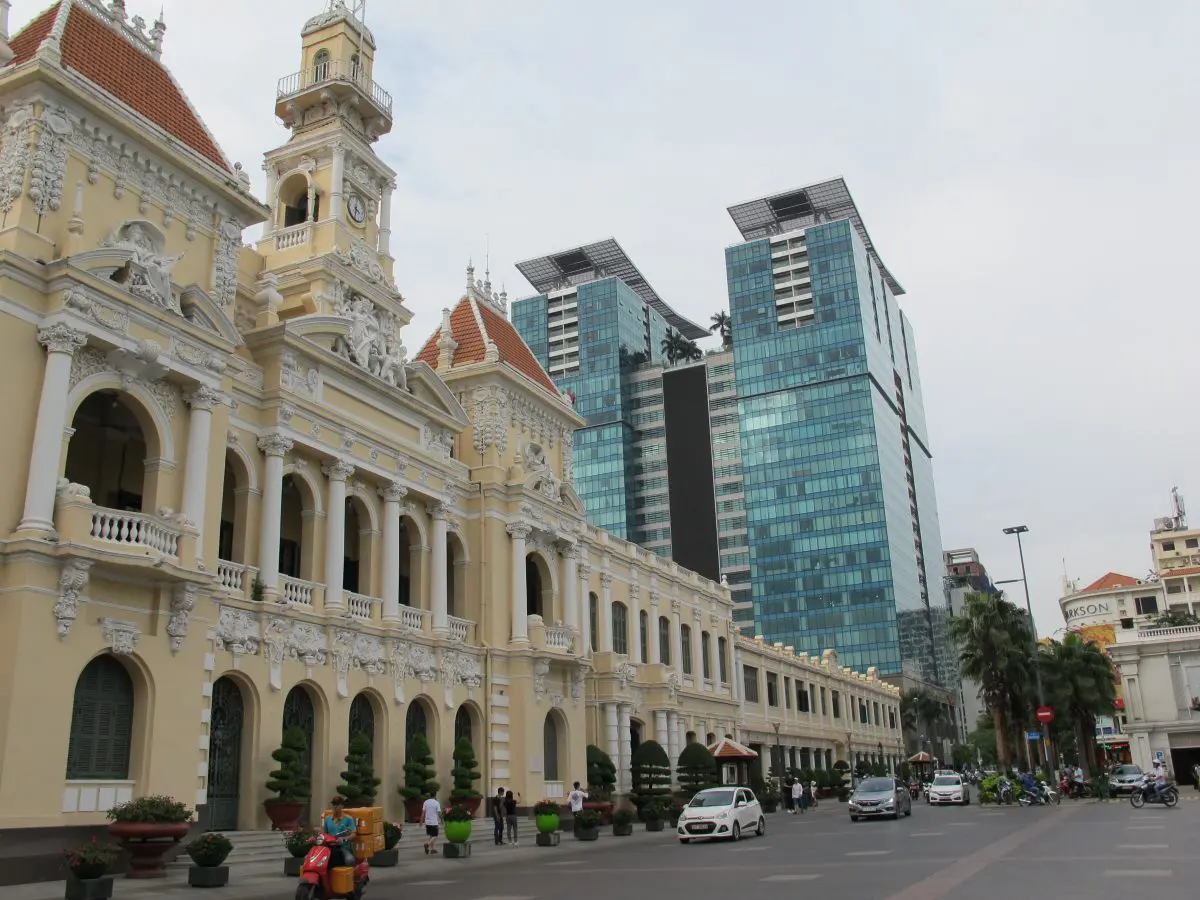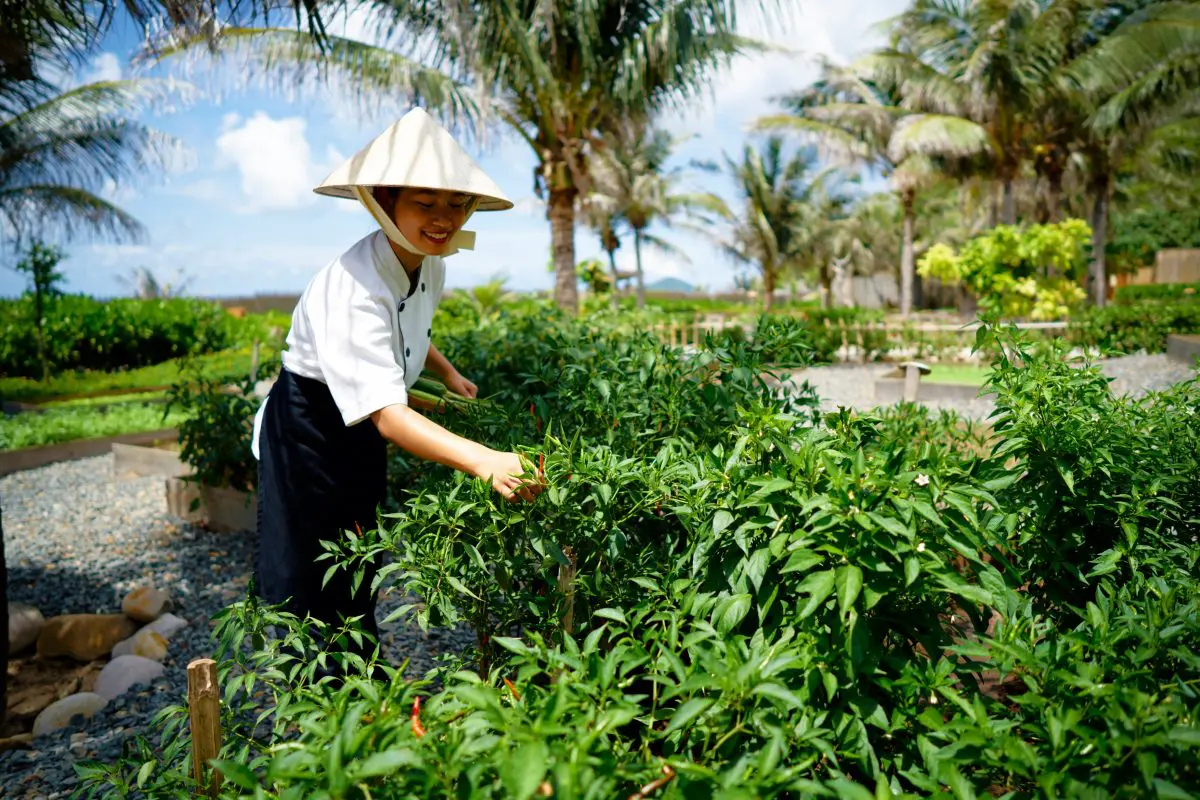Con Dao Island, nestled in the South China Sea off the southern of Vietnam, is today a sanctuary of understated luxury, drawing celebrities and discerning travelers alike. Ironically, this tranquil retreat was once known as Prison Island. The British East India Company established a presence on the island in 1702. Later, the French colonizers arrived and transformed it into a prison for political opponents. When the French departed Vietnam, the prisons came under the control of the South Vietnamese government, and during the Vietnam War, Americans forces notoriously detained and tortured local residents there.
For older locals, the island remains a place of pilgrimage and remembrance for those who suffered for the country’s peace and independence. That is why, when you take a seat in a small cabin of a Vietnam Airlines flight from Saigon to Con Dao, you’ll often see travelers dressed in formal attire, carrying bouquets of flowers, fruit, and other offerings to lay at Hang Duong Cemetery. Among them are sometimes celebrities, such as Angelina Jolie and Brad Pitt, who visited the cemetery, as well as the prisons. They visited this cemetery, along with the prisons, on the second day of their stay in Con Dao.

Jolie’s connection to Vietnam back to 2007, when she adopted her son Pax and promised him, she would introduce him to his country of origin. Paparazzi captured actress dressed in black, mourning, as she visited the cemetery without her children. Over time, perceptions of the island have changed, especially with visits from international stars, today, Con Dao is also celebrated as a serene destination for rest and relaxation, blending history with luxury. Con Dao is an archipelago of 16 islands, most of them uninhabited. Its population numbers just 8,000, roughly half of whom serve in the Vietnamese military units stationed there. The government hopes to grow the population to at least 20,000, particularly after two previously uninhabited islands were claimed by China.
The town of Con Son, home to the prisons closed in 1975, is small and tranquil. Its quiet promenade invites leisurely strolls along the waterfront. One notable sport is Con Son Café, housed in the former French customs building. Here, the Vietnamese coffee is rich, strong, and generously sweetened, guaranteed to keep you awake. In the late 19th century, the French composer and pianist Camille Saint-Saëns is said to have visited the café while touring with the Saigon Opera. Not far from the café lies Cho Con Dao market, whose austere architecture can feel reminiscent of a Soviet bunker. The somber exterior is offset by colorful stalls and the lively hum of vendors selling their goods. The locals remain largely unspoiled by tourism, offering fresh mangoes and dragon fruits, spicy dumplings, pork skewers, and green papaya salad at astonishingly low prices.

Yet the island’s true allure lies in its uninhabited surroundings: deserted sandy beaches, the South China Sea, and pristine forests. About 80% of the archipelago is protected as a national park, established in 1984 to preserve the islands’ unique ecosystem and wildlife. The park is still home to rare species, including the dugong, the two-colored giant squirrel, and the hawksbill green turtle. These turtles continue to breed virtually undisturbed on the nearby island of Hon Bay Canh, laying their eggs from June to September. If you rent a motorcycle and follow the island’s long road, you can cover the entire circuit in roughly an hour or two. You’ll discover dozens of secluded beaches, often visited only by a lone local fisherman. Con Dao is dotted with gentle hills, but one in particular, known as “The Elephant”, stands out for its dramatic profile, its massive body and trunk half-submerged in the South China Sea. Because the island still houses military bases, there are only a few hotels on Con Dao, and authorities remain cautious about granting new licenses. However, the situation is gradually changing: another luxury project, Cadabay, is now under development. Still, the island remains sparsely developed, with luxurious Six Senses Con Dao resort, featuring 50 villas, standing as its premier accommodation.


The gated villas, set along the sandy coastline, are nestled among palm trees, bamboo, and reeds, arranged in two rows. The first row consists of single-story villas that open directly onto the beach, including one of the largest with three bedrooms and a private pool. The second row is made up of two-story villas: upstairs, a bedroom with a four-poster bed and a terrace offers sea views, while downstairs houses a spacious bath, a courtyard shower, and another pool. The villas are built from natural materials, stone and wood (unvarnished). Plastic is not a feature of this luxury resort. Air pollution is nearly nonexistent, and drinking water is drawn from a local spring, then filtered and mineralized. The resort’s cuisine emphasizes organic and healthy options. Two on-site restaurants feature dishes made with fruits and vegetables, some grown on the property. Vietnamese cuisine shines here, from steamed fish that guests wrap themselves in thin rice discs with fresh herbs, vegetables, and fruits, to aromatics fish soup served with local basil, mint, and lemongrass.

You could easily spend a week here without feeling crowded, though you may occasionally spot other guests if they leave their villas for breakfast, relax during the day in one of the bars, but the overall atmosphere is serene, almost meditative. Bicycles are parked outside each villa for those who prefer a quiet ride to their spa appointment rather than waiting for a buggy with a personal butler. Guests can enjoy massages and yoga classes at the Six Senses spa. The spa’s Vietnamese massage combines techniques such as cupping, percussion and meridian clearing, with ginger tea offered as a wellness ritual. There is a gym, though few use it, favoring snorkeling and diving instead. During high season — November to February — visibility reaches 20 to 30 meters, revealing pristine coral reefs.

Just a short flight away lies Saigon, officially Ho Chi Minh City, with its leafy Nguyen Van Binh Street, famed for bookstores, boutiques, coffee shops, a boasting iconic colonial French architecture such as the Notre Dame Cathedral, the Opera House, and the Central Post office, designed by Gustav Eiffel himself. It is an ideal place for shopping, from luxury boutiques to streets offering the finest designer-inspired items. Along Dong Khoi and surrounding streets, small shops sell lacquerware, jewelry, Vietnamese silk, medicinal balms, and spices. Two kilometers away, Ben Thanh Market remains a bustling hub where massages are far cheaper, and silk products come at bargain prices, while navigating the crowds, keep an eye on your bag essentials, especially with mopeds speeding past.



